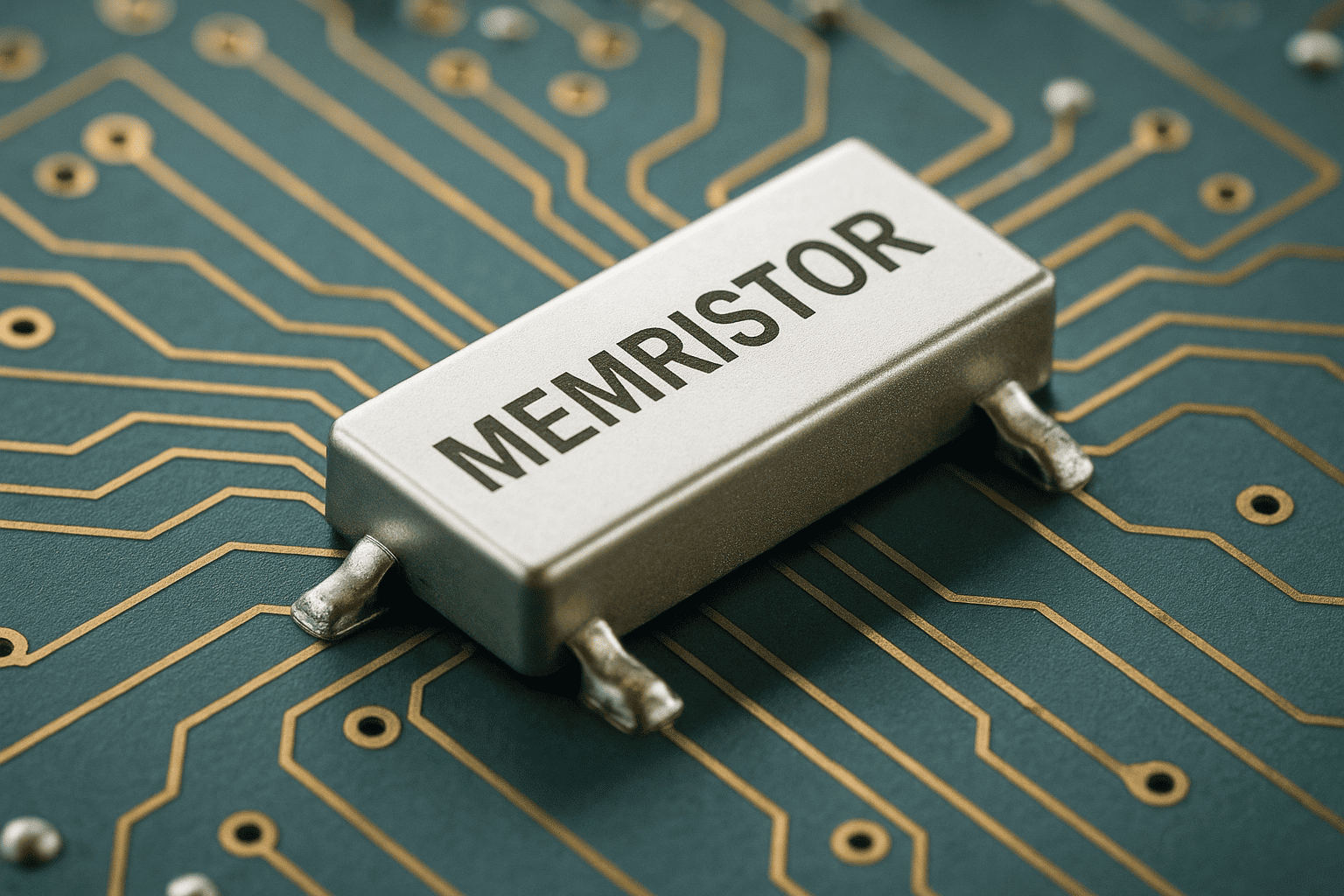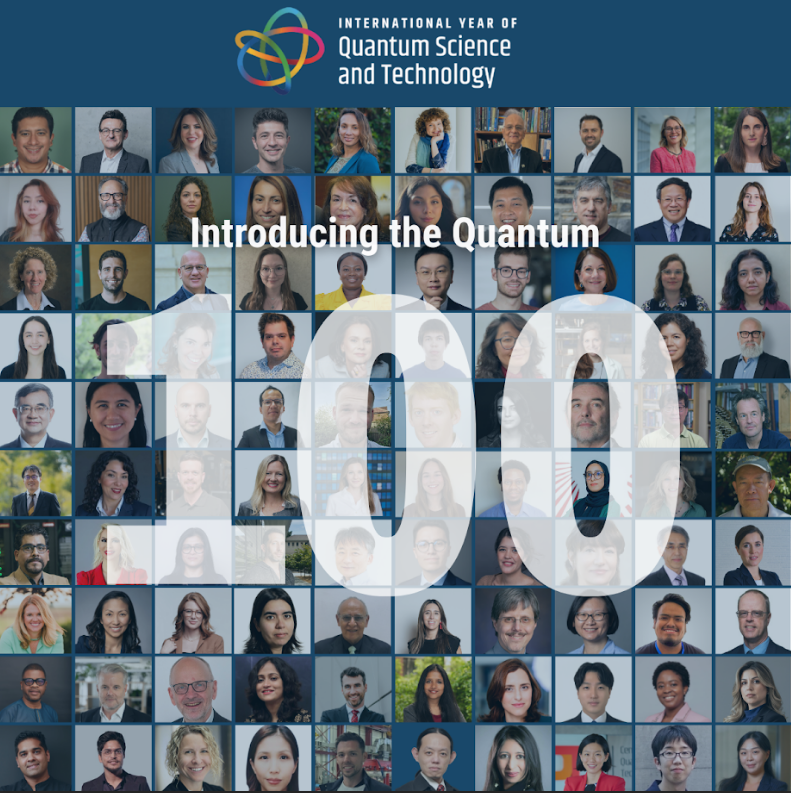Insider Brief
- A memristor is an electronic component whose resistance depends on the history of current flow, allowing it to “remember” past electrical states.
- In computing research, memristors are explored as hardware elements capable of emulating quantum logic operations like superposition and entanglement.
- The new study tested whether slime molds could behave as biological memristors but found their electrical response matched simple resistor-capacitor circuits, not memory-based components.
For decades, engineers have built electronic circuits using three basic components: resistors, capacitors, and inductors. In 1971, theoretical physicist Leon Chua proposed a fourth fundamental element—the memristor, short for “memory resistor.” It would behave differently from any of the others: its resistance would depend on how much current had previously passed through it, allowing it to “remember” its past.
The concept stayed theoretical until 2008, when researchers at Hewlett-Packard demonstrated a working device using thin films of titanium dioxide. The memristor’s defining feature is its hysteresis curve, a pinched figure-eight loop that shows resistance changing as current direction reverses. This shape signals a built-in memory effect, where the component’s future behavior depends on its electrical history.
From Memory to Mimicking Quantum Logic
In classical computing, information is stored in binary — either a 0 or a 1. In quantum computing, information exists in superposition, meaning qubits can represent a probabilistic state anywhere between that 0 and 1. Qubits interact through quantum gates that manipulate probabilities and entangle states, producing the complex interference patterns behind quantum speedups.

While memristors don’t operate at quantum scales, their ability to encode history-dependent resistance makes them mathematically similar to certain quantum operations. By carefully tuning their voltages and feedback, memristor networks can approximate the behavior of quantum gates such as the Hadamard and CNOT, the fundamental building blocks for entanglement.
This theoretical overlap inspired a small but growing research community to explore whether classical analog systems — like optical circuits, neuromorphic chips, or even biological networks — could simulate quantum logic without relying on actual quantum phenomena. In this way, memristors serve as a conceptual bridge between the deterministic world of transistors and the probabilistic realm of quantum mechanics.
Why Slime Molds Were Put to the Test
The new Frontiers in Soft Matter study examined whether a living organism, the slime mold Physarum polycephalum, might act as a biological memristor. Earlier research had hinted that the organism’s internal fluid flows and changing conductivity could create memristive effects. If true, it would mean a living system could emulate quantum entanglement-like relationships purely through natural biophysics.
To test this, researchers applied alternating voltages to slime molds and measured the current response. Instead of the distinctive figure-eight hysteresis expected from a memristor, the curves were smooth and elliptical. This is evidence of ordinary resistor-capacitor behavior. The conclusion: Physarum behaves like a simple charge-storing circuit, not a memory resistor.
Why the Results Still Matter
The finding is a setback for those hoping biology might offer shortcuts to quantum simulation. But it’s also a clarifying step. By ruling out memristive behavior in slime molds, the researchers refined what kinds of systems can truly mimic quantum logic. The work helps separate metaphor from mechanism in a field where “quantum-like” descriptions are often misapplied.
Memristors remain valuable even outside of quantum computing. Their capacity for state-dependent learning makes them ideal for neuromorphic computing, where circuits mimic the adaptive behavior of neurons. In that domain, memristors can physically encode memory and learning rules—capabilities that traditional transistors lack.
In quantum computing, true qubits rely on superposition and entanglement, phenomena that no classical circuit can fully reproduce. But memristor-based systems offer a potential analog simulator, which is a way to test algorithms or optimization methods inspired by quantum theory without needing a full quantum processor.

















